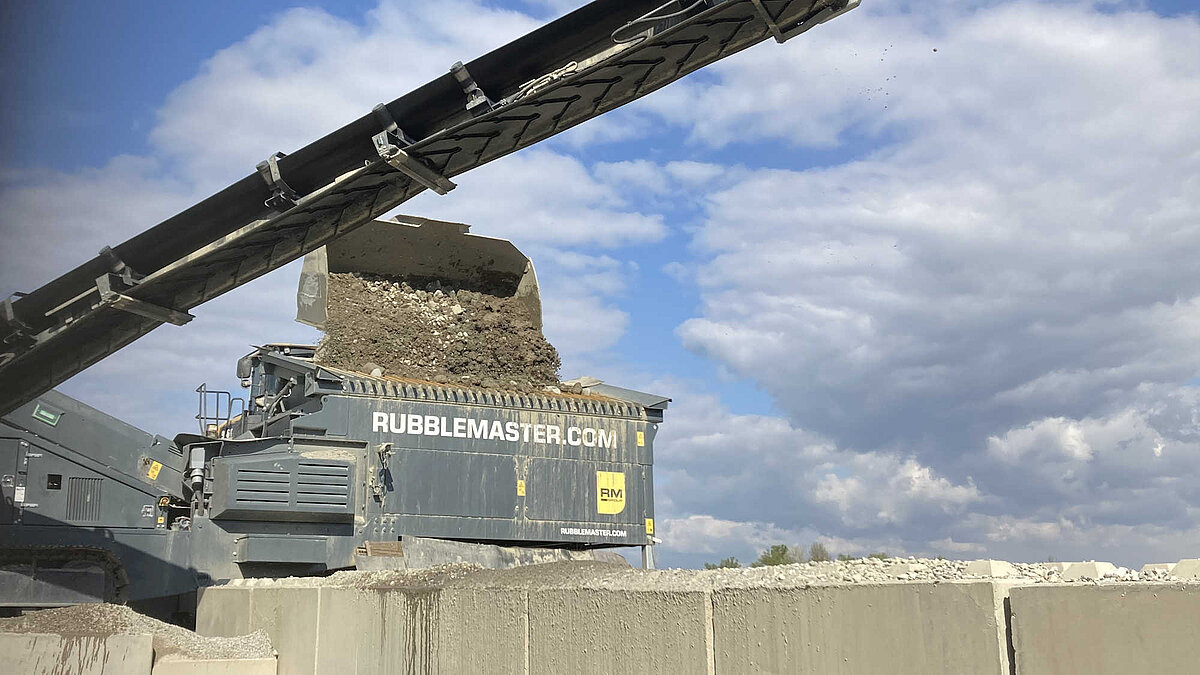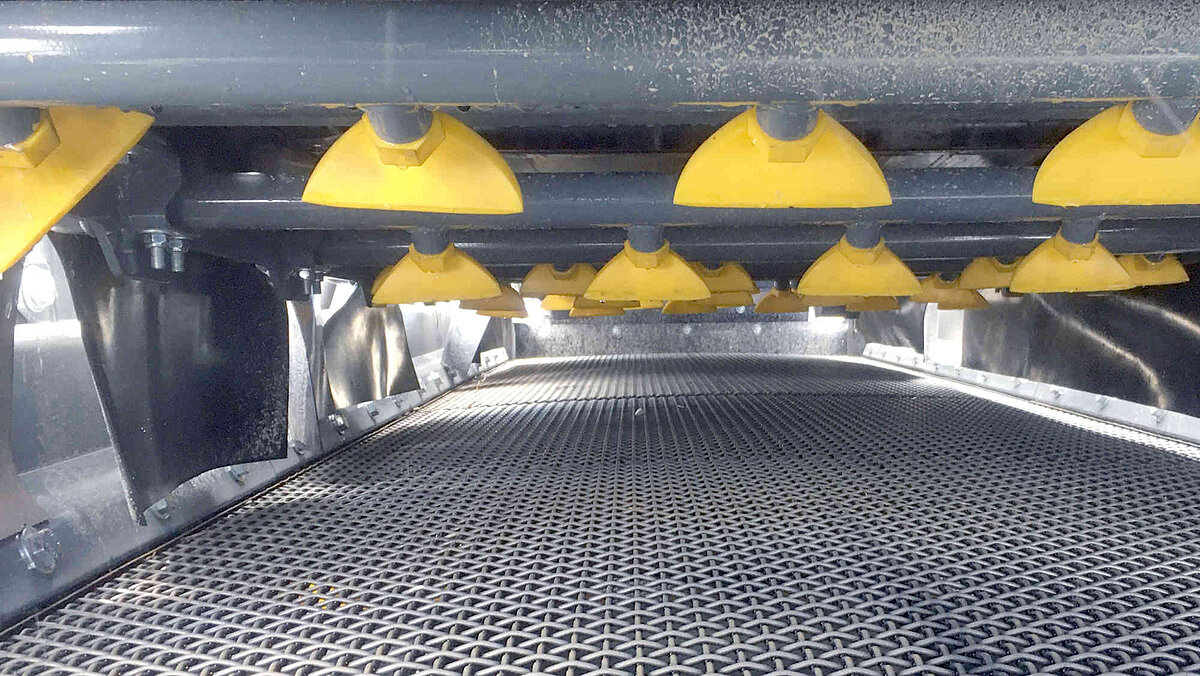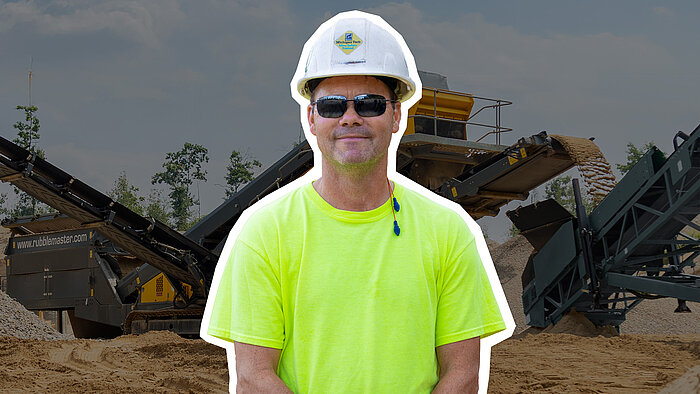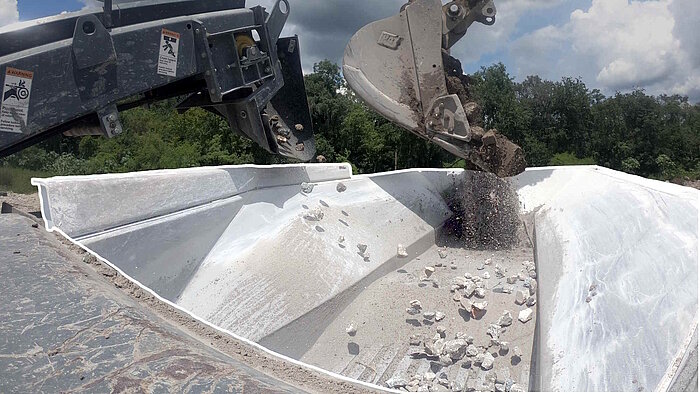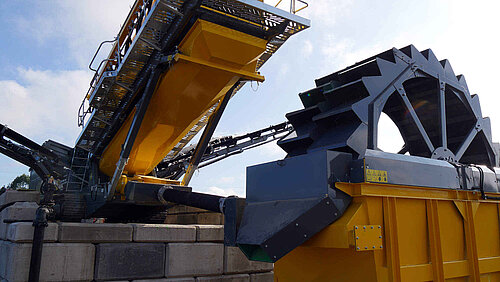
Bucket Wheel
Ideal for coarser to medium sand products and simple dewatering needs with lower water recovery requirements. For those applications it is a simple and cost-effective solution. Due to the bulky nature of bucket wheels they are more suitable for stationary applications.

Dewatering Screen
This uses high-frequency vibration to remove excess water from sand or aggregates. Ideal for producing a drier product for easier handling and stockpiling. Works well for fine sand that would otherwise be lost in the wash water. Compared to bucket wheels or screw washers, dewatering screens are compact and efficient, making them ideal for mobile setups.
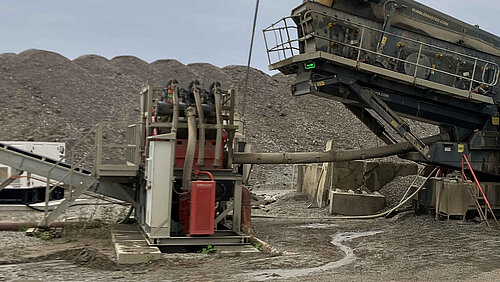
Hydrocyclone (Cyclone)
Hydrocyclones separate fine particles and water, sending clean sand to a dewatering screen. Great for improving sand recovery and reducing water loss. They make is easy to recycle water while maintaining a space-efficient footprint compared to large settling ponds.
Modern mobile washing plants often combine hydrocyclones + dewatering screens for maximum efficiency and minimal water loss.
